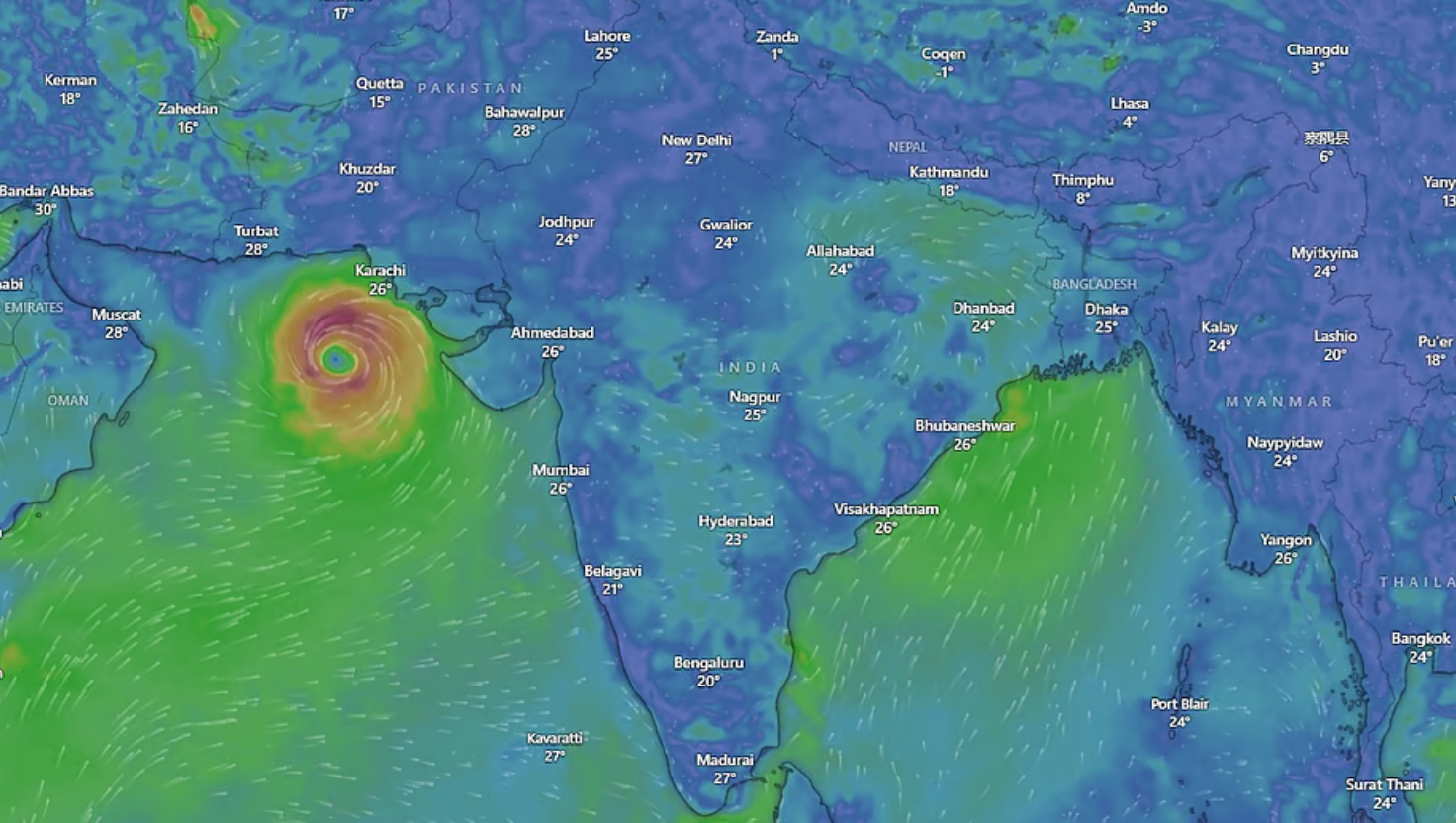The Weakening Rupee: Causes, Implications and Policy Pathways
Syllabus: Indian Economy (UPSC GS III)
Source: Indian Express
Context
The Indian Rupee has been weakening against the US dollar in 2025 due to a mix of global and domestic factors. A persistent trade imbalance, sluggish capital inflows, and tighter global financial conditions have added pressure.
INR Slips While Competing Economies Gain Against USD
The Indian Rupee has fallen against the US dollar, even as several peer economies have shown resilience.
Year-to-date (% change vs USD, 2025):
- Indian Rupee: -3.2%
- Euro: -11.4%
- Pound: -8.6%
- Chinese Yuan: -5.4%
- Japanese Yen: -15.2%
- Canadian Dollar: -6.4%
- Australian Dollar: -5.2%
- Brazilian Real: +1.7%
- South African Rand: +2.4%
- Bangladesh Taka: +3.4%
- Pakistan Rupee: -2.3%
(Source: Google Finance, Datawrapper)
Rupee’s Recent Trend
- Against the Dollar: Since January 2025, the rupee has lost over 3% in value.
- Against Other Majors: Weakness is visible against the euro and pound as well.
- Regional Comparison: Currencies of neighbours like Bangladesh have gained, while India’s fall has been sharper.
- Short-term Volatility: Over 1.3% depreciation in a month, showing fragility.
Causes of Rupee Weakness
- Trade Imbalance
- Exports are stagnant due to global protectionism.
- Imports of oil and electronics remain high, widening the Current Account Deficit (CAD).
- Example: India imports ~85% of crude oil, priced in dollars.
- Slow Investment Flows
- Global uncertainty and weak corporate earnings have reduced FPI and FDI inflows.
- Net FPI outflows of $1.5 billion were recorded recently.
- Growth Concerns
- GDP growth slowed to 6.1% (Q1 FY26), shaking investor confidence.
- Global Financial Tightening
- Strong returns in US bonds and equities are pulling capital away from emerging markets like India.
Implications of Rupee Depreciation
Negative Impacts
- Higher Import Bills: Crude oil, fertilizers, and electronics costlier → inflation pressures.
- Corporate Burden: External borrowings in dollars become expensive.
- Wider CAD: Dollar-priced imports worsen the deficit.
- Rising Consumer Costs: Education, tourism, and medical services abroad become costly.
Positive Impacts
- Export Boost: Indian goods become more competitive in global markets.
- Higher Remittances: NRIs send dollars that fetch more rupees.
- Import Substitution: Costlier imports encourage domestic manufacturing, aiding Atmanirbhar Bharat.
Policy Landscape
- RBI’s Role: Intervenes selectively using ~$570 bn forex reserves to curb volatility, avoiding over-defence of the rupee.
- Government Measures:
- Reducing import dependence via PLI schemes.
- Ethanol blending to cut oil imports.
- Structural Efforts:
- Trade infrastructure through IMEC.
- National Logistics Policy to cut costs.
- Global Cooperation:
- Support for dedollarisation via BRICS+.
- Local currency trade (e.g., India–UAE, India–Russia).
Way Forward
- Strengthen Exports: Invest in high-value manufacturing; secure FTAs with key markets.
- Diversify Energy Sources: Promote renewables, green hydrogen, and ethanol blending.
- Attract Long-term Capital: Improve policy stability and approval processes to boost FDI.
- Deepen Financial Markets: Build robust bond markets; promote rupee invoicing in trade.
- Calibrated RBI Support: Balance intervention with reserve stability and investor confidence.
Conclusion
The weakening rupee is a reminder of India’s structural vulnerabilities—trade imbalance, import dependence, and volatile capital flows. While depreciation supports exports, unchecked fall fuels inflation and erodes investor trust. A growth-driven, stable rupee backed by strong fundamentals, diversified exports, and resilient capital inflows is key to India’s long-term economic stability and competitiveness.











